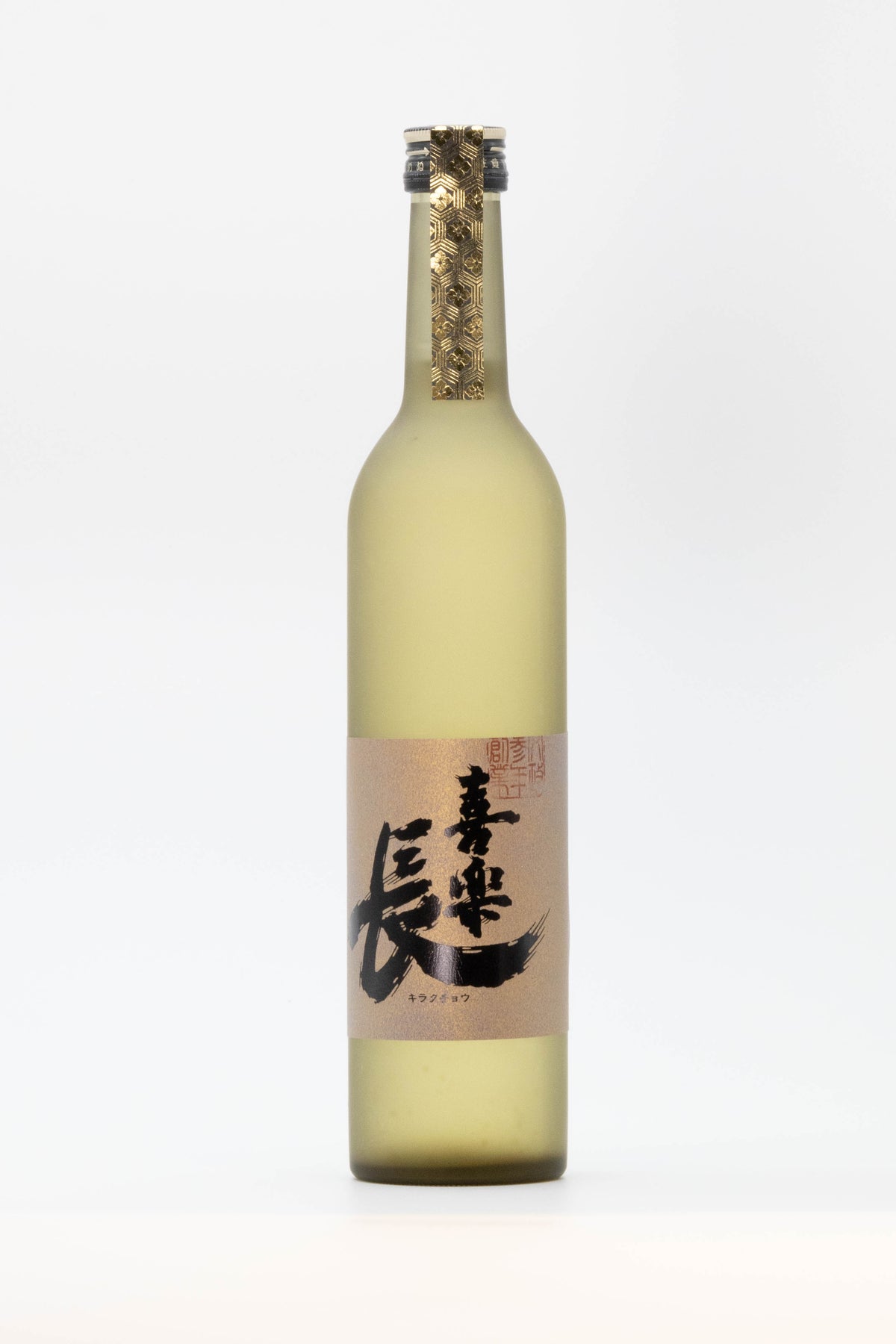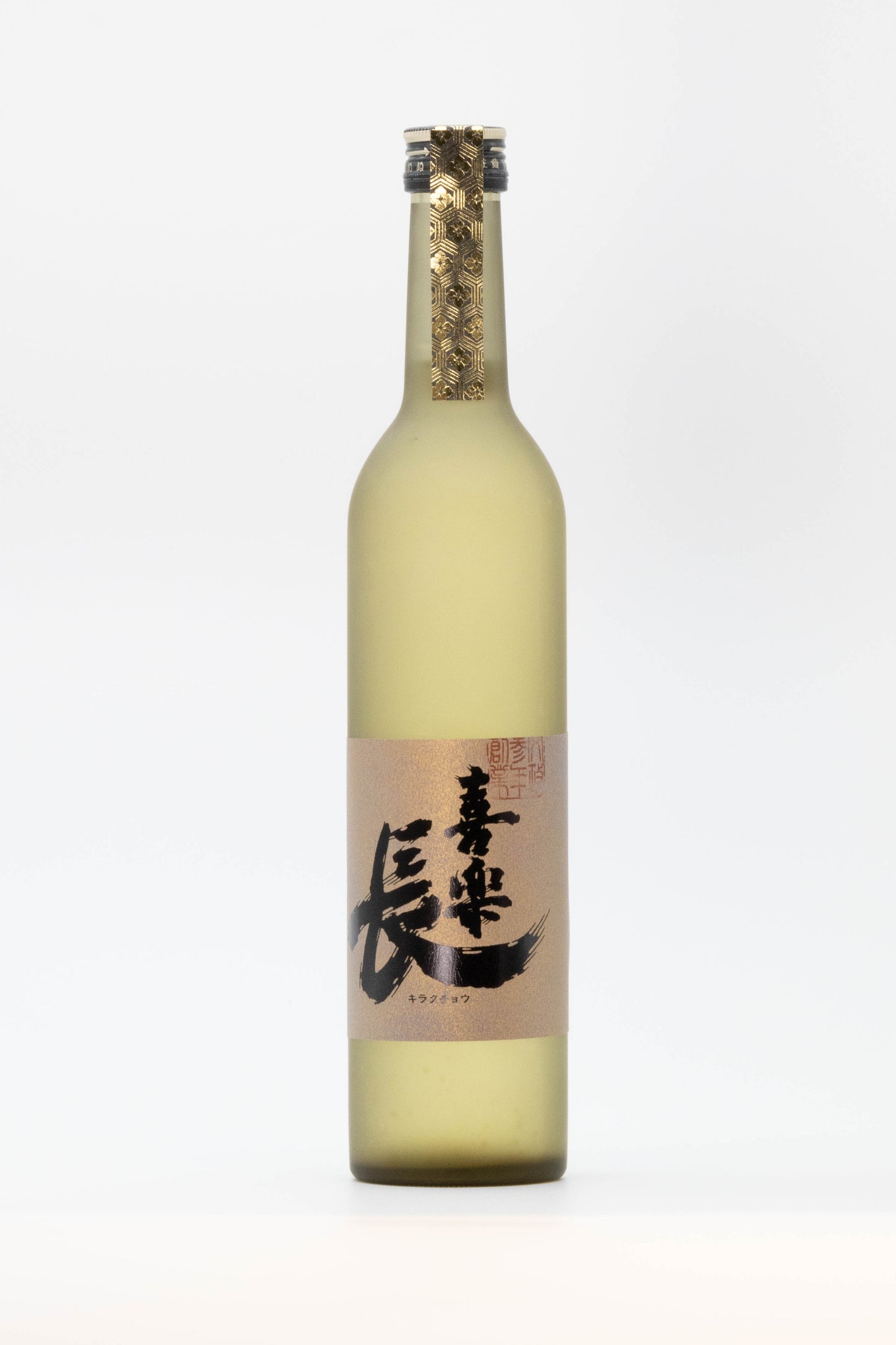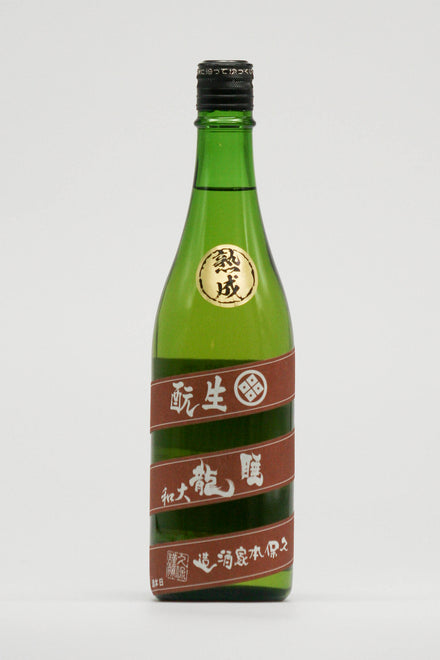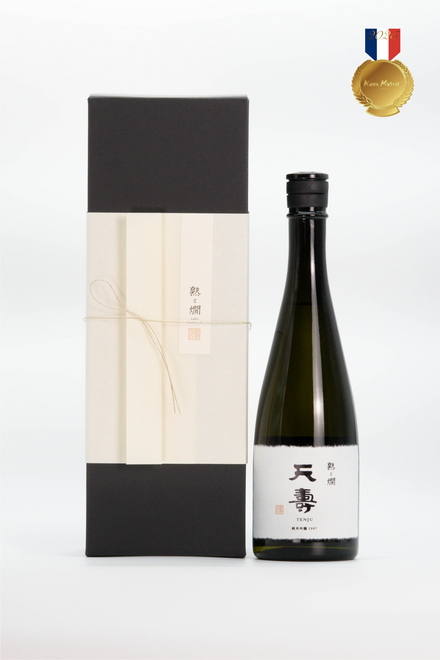

A sense of happiness brought by the lingering aftertaste of umami
Kiracho 1997BY Hyouon-bingakoi 50% Daiginjo
| Vintage | 1997 |
| Years aged | 28 |
- 10 years or more
- 10,000 – 49,999yen
- 1990-1999
- All Products
- As aperitif and/or with starters
- Light Yellow/Green
- Throughout the meal
- Brewer:Kita Shuzo
- Alcohol:17%
- Volume:500ml
Couldn't load pickup availability
[ Drinking alcohol under the age of 20 is prohibited by law. ]
This sake was brewed by Tenpo Shoichi, who was renowned as a master brewer of the Noto style.
Unlike the light, elegant, and sweet type that characterizes modern ginjo sake, this is a ginjo sake with a strong, flavorful core that evokes the flavors of the past.
This is a well-balanced sake that is worthy of a master brewer, and because it is fermented thoroughly and has a strong core, you can enjoy a mature flavor that does not deteriorate over time.
- about
-
Type Daiginjo Rice polishing ratio 50% Yeast type Ingredients/raw materials Rice (domestic), rice koji (domestic), brewer's alcohol Rice type ー Origin of rice Domestic Toji(Brew Master) Shouichi Tenpou Assemblage -
- Recommended occasions/temperature
-
- How to store
-
- Delivery dates and charges
-


Tasting comments
-
Nobuhiro Ueno
(Juku to Kan Bar Master / Permanent Director of the Toki Sake Association)The aroma is of mushrooms, enamel, menthol, and nut skin.
When you put it in your mouth, the delicious flavor spreads from the tip of your tongue to the back.
It feels like your mouth is completely covered in umami, giving you a sense of happiness.
Despite this, it has a sharp finish and glides smoothly down the throat. Rather than feeling the aftertaste in the pharynx, the umami is felt in the center of the tongue, so it feels like the flavor stays in the mouth.
Unlike the sourness and astringency of regular sake, the umami flavor remains in the center of the tongue, making this a drink that will make your mouth happy.
The higher the temperature, the more umami you can taste. When it's cold, it goes well with food, but when it's warm, it has the potential to be enjoyed on its own.
When served chilled or at room temperature, the impact of the umami is felt firmly, but when served gently warm, the impact is softened, the umami spreads gently in the mouth, and you can enjoy it for a long time.
I like to sip it slowly over a long period of time while enjoying light dishes like tarachiri and yudofu.
Brewer
- Choosing a selection results in a full page refresh.
- Opens in a new window.



